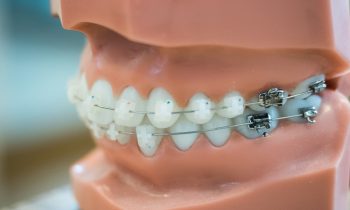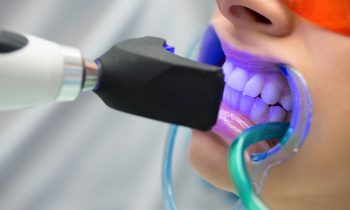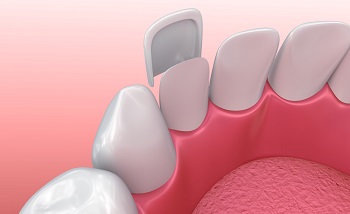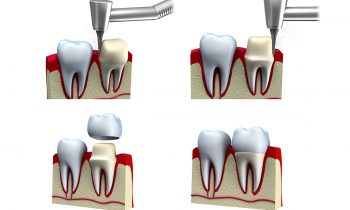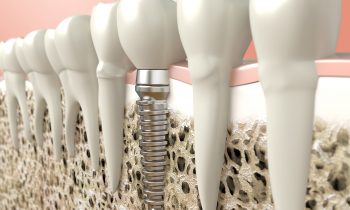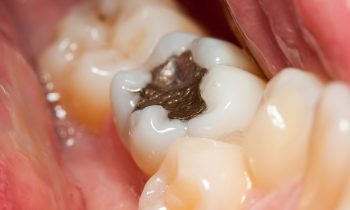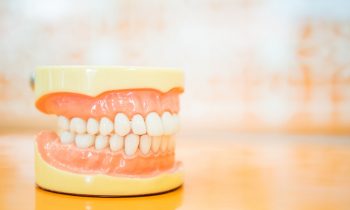Orthodontic Treatment
Orthodontic treatment is one branch of dentistry wherein the focus is on solving the problem for malocclusion. Whether for esthetic reasons, such as improving the general appearance of the teeth and the patient’s face or for health reasons, undergoing this treatment is definitely an advantage.
Objective of Orthodontic Treatment
The aim of orthodontic treatment is to produce straight, aligned teeth, to close gaps, correct jaw alignments and facilitate placements of crowns, bridges and implants, as well.

Diagnosis and Planning
- recognize the various characteristics of malocclusion and dento-facial deformity
- define the nature of the problem, including the etiology if possible
- Design a treatment strategy based on the specific needs and desires of the patient
- Present the treatment strategy to the patient in such a way that the patient fully understands the ramifications of your decision.
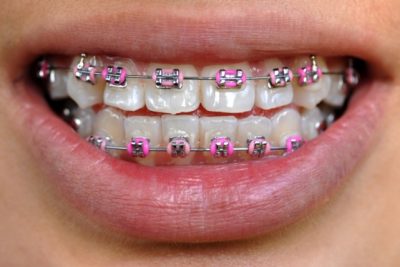
Post-orthodontic Care
After a course of active orthodontic treatment, patients will often wear retainers, which will maintain the teeth in their improved position while the surrounding bone reforms around them. Retainers are generally worn full-time for a period of at least 6 months to a year, and then worn periodically preferably during the night, depending on the Orthodontist’s recommendation. It is possible for the teeth to stay aligned without regular retainer wear. However, there are many reasons teeth will crowd as a person ages; thus there is no guarantee that teeth, orthodontically treated or otherwise, will stay aligned without retention.
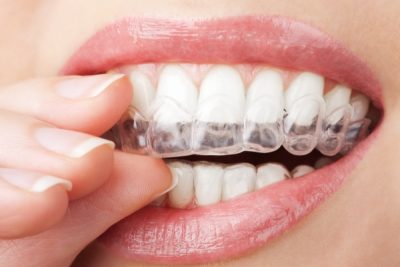
Benefits of Orthodontic Treatment
- Healthier mouth – crooked teeth are harder to clean, therefore, there is greater risk for tooth decay and periodontal disease.
- Promote overall wellbeing – eliminate stress to jaw muscle when chewing that causes headache
- Eliminate pains associated with TMJ disorder such as shoulder and back pain
- Improves appearance
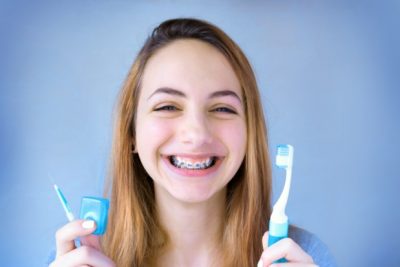
Conditions Requiring Orthodontic Treatment
If you have any of the following, you may be a candidate for orthodontic treatment:
- Under bite –lower front teeth stick out far too forward from the upper teeth
- Overbite —upper front teeth stick out far too forward from the lower teeth
- Open bite – upper and lower teeth do not clasp together when back teeth bite together
- Cross bite – upper teeth do not close over the lower teeth
- Crowding – too many teeth
- Over spacing of teeth due to missing teeth
- Misplaced midline – upper and lower teeth do bot line up at the center

